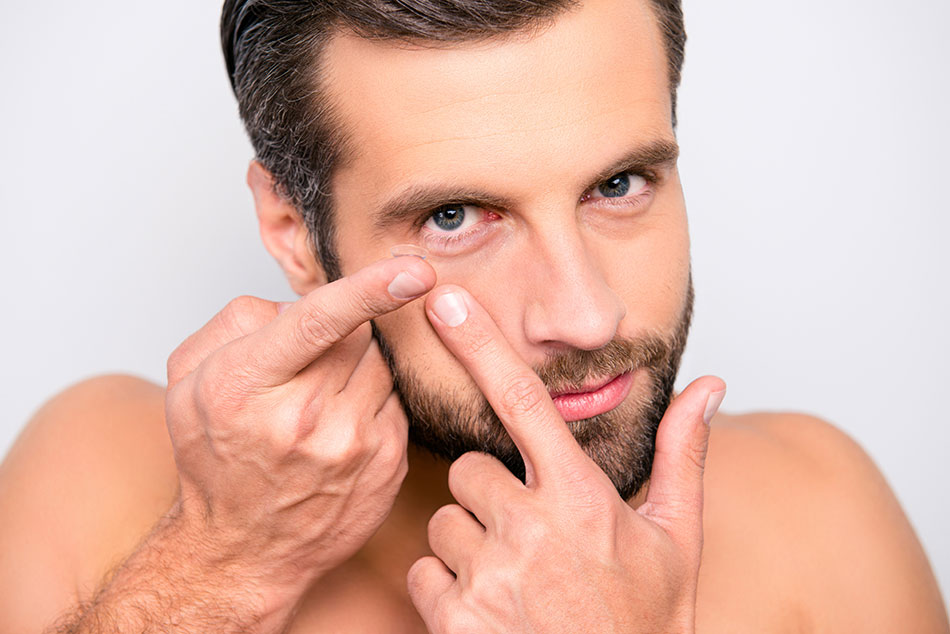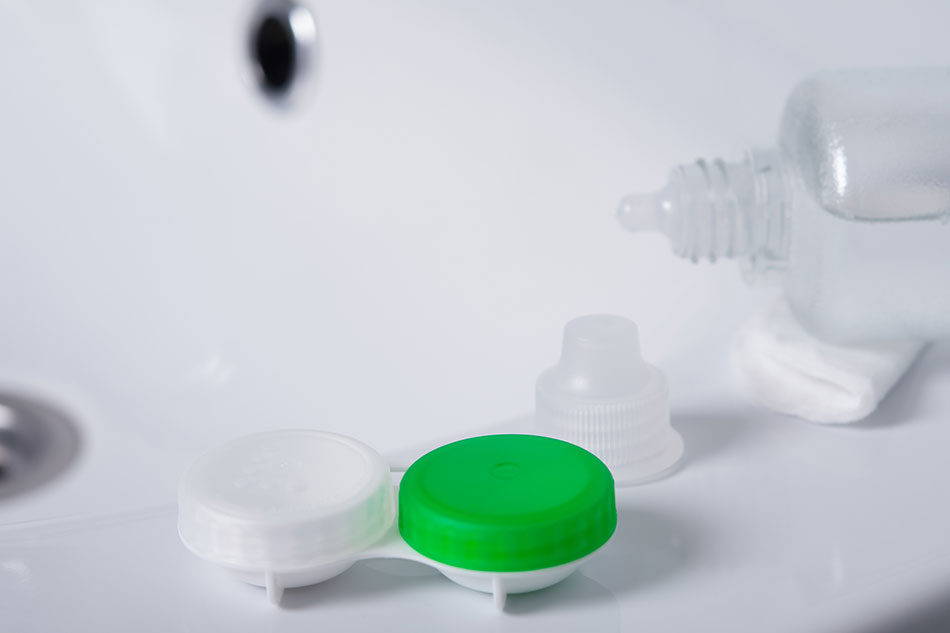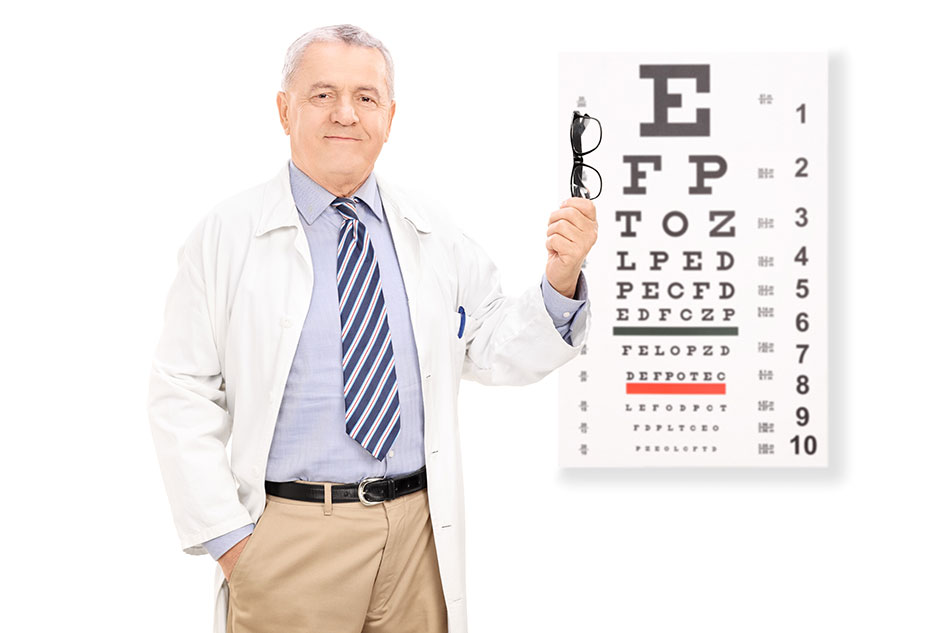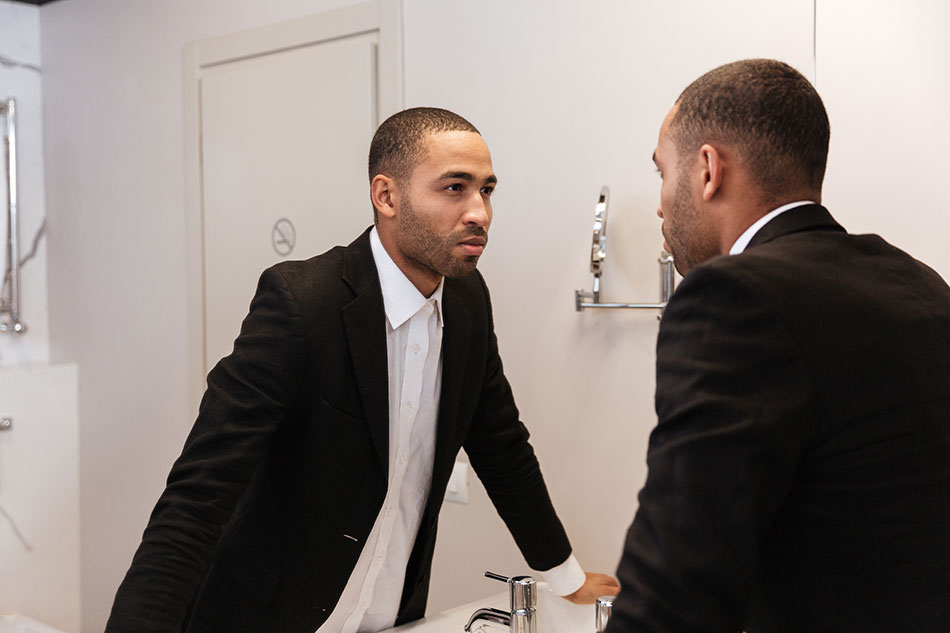8 Tips for Wearing Contact Lenses for the First Time

Switching to contact lenses feels like freedom. You'll feel more confident about your appearance. And unlike with glasses, you won't have to worry about contacts falling out or breaking.
But wearing contact lenses comes with its own set of anxieties, especially for first-timers.
There is often confusion over things like maintenance and time frames, as well as other important points. Even though you look forward to wearing contacts, the switch can also be scary.
If you’re wearing contact lenses for the first time, these 8 tips may help make you feel more confident about wearing contacts.
1. Just Relax

It's easy to feel anxious when switching to contacts. What if they scratch? What if a contact gets stuck? These are common worries many first-time contact wearers have.
But just relax. The contact won't get stuck in your eye. If there is any damage, simply order new ones. As you begin your daily routine of washing and inserting your contacts, you'll feel more comfortable and have fewer anxieties.
The most important thing to remember is to leave the contacts in solution when you're not wearing them. This cleans the lenses and leaves them hydrated so they're more comfortable when you have them in.
2. Learn How to Put on Your Contacts

This is probably one of the most difficult and awkward parts for first-time contact wearers. How do you put in your contacts?
First, wash your hands. Place the contact on your fingertip and check that you're putting the lens in correctly. When held up to the light, the contact should look like a little cup.
With one hand, pull your upper eyelid up and your bottom eyelid down to prevent blinking. Move the lens toward your eye. Look upwards so you’re not looking directly at the contact.
Place the lens in your eye. Let go of your eyelids and close your eye so the contact can settle. Repeat with your other eye.
3. Always Clean Your Lenses

This leads us to the next point: the importance of cleaning your contact lenses.
If there's one anxiety you should have, it's the fear of bacteria and other contaminants entering your eyes. But cleaning your contacts helps to lessen the risks of this happening.
There are two ways to clean your lenses:
- Contact solution: a solution made to disinfect and hydrate your contact lenses. Keep your contacts stored in contact solution when you're not wearing them.
- Saline solution: a saltwater solution to rinse off buildup before inserting your contacts. It is different than contact solution, so never store your contacts in this solution. It will not disinfect your lenses.
4. Keep Contacts Hydrated
The key to comfortable contacts is keeping them moist. Without hydration, contacts can irritate your eyes and may even scratch them.
Even if you're diligent about hydrating your lenses, they can still dry out. When you use your eyes more than you expect, like when watching TV or reading on a computer, they can easily become strained and dry.
Always have solution and eye drops handy. That way, you’ll be prepared if you need to take your contacts out or rewet your eyes.
5. Follow Doctor Recommendations

After reading all of this information, you may be searching for contact solution, saline solution and eye drops. But before buying any products, talk to your optometrist first.
Certain products work better for certain contacts and some don't work for them at all. Over-the-counter products have labels to encourage all contact wearers to buy them. But they’re not one-size-fits-all. Check with your optometrist before you use any OTC products. Also ask for a list of solution and eye drop recommendations.
6. Follow the Wearing and Replacement Schedules
To ensure your contacts function correctly, always follow your prescription. Don't sleep with your lenses on or wear them for longer than what your eye doctor ordered. Continuous wear contacts are the only lenses you can sleep in. Just consult your doctor before you use them in this way.
Also, always replace your lenses on time. Don't think you can get away with another week of wear. By following the instructions, you'll avoid problems and won't risk damaging your eyes.
7. Self-Check Your Contacts

To prevent issues, always self-check your contacts. Once a day, after you insert both lenses, ask yourself these questions:
- How do the contacts feel? Is there anything unusual going on? With your conscious thought on how they feel, you can determine if your lenses should be removed or not.
- How do my eyes look? An inspection in the mirror can tell you if the contacts are sitting properly. You should also look for any redness in your eyes as a sign that something is not right.
- Is my vision fine? Contacts help you to see better, so if you can’t see as well as you should when they go in, that’s a sign that something is out of place.
8. What to Do When There's a Problem
Did you notice some problems after your self-check? Here’s what to do for some common issues.
Irritation or Dryness
Your eyes feel irritated or dry, even when hydrating them regularly. There are a few possible reasons for this. Your contacts may not be fitting properly or something may have gotten into your eyes. There may also be a problem with your eyes themselves. By removing the contacts and cleaning them, you could try putting them in again or you could see your eye care professional for help.
Visible Contacts
If you look close enough in the mirror, you should notice your contacts. But they will hardly be visible from anything other than a point-blank distance. If they are obvious as you look in the mirror, they may not be in your eyes correctly. Reinsert them to fix the misalignment.
Blurry Vision
Your vision is still blurry or you have other troubles seeing while you're wearing your contacts. If this happens, remove your contacts and try putting them in again. If that doesn’t fix the problem, it may be best to visit the optometrist again.
Keep These Tips in Mind When Getting Your Contacts

Contact lenses are a great way to improve your vision without the burden of glasses. But you can experience issues, such as dry contacts or irritated eyes. Put your first time concerns behind you. Keep these tips in mind so you know what to do in case any of these problems arise.
